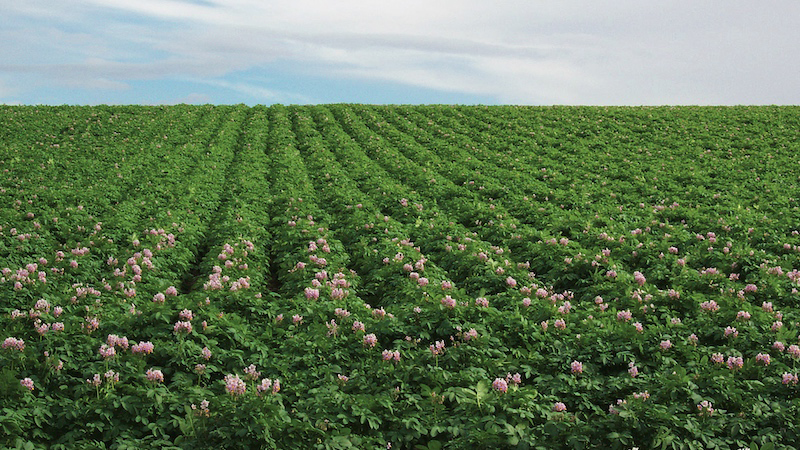Ag Tech Insights on Autonomy Show Room for More Growth
Autonomy — a concept that would have seemed like science fiction in the past— is one of the baseline premises of many of the strategic developments in agricultural technology today. This leading-edge technology is gaining more ground in farming and is one that specialty crop growers need to be watching.
I sat down with Paul Welbig, Director of Sales for Slingshot and Strategic Accounts for Raven Industries to chat on the present and the future of autonomous solutions in agriculture. Here is a portion of the Q&A.
What is sparking interest among customers in autonomy?
Welbig: We are in a supervised autonomy state today — we’re not just pushing a button and the robot goes and does its thing. We’re more about supervised autonomy, where you’re in the field supervising the whole operation. That allows the operator to still intervene and make some adjustments if necessary.
Where we’re seeing a lot of interest, is where you can run it in tandem with another machine in the field — a traditional floater, sprayer, or tractor, where there’s a driver in the cab and they could be the one supervising the autonomous machine. The benefit is you’re still supervising but you’re doubling your productivity because you’re two machines with one operator. You could call it a leader-follower type of scenario. That could apply to spreading, spraying, and tillage through that same practice.
Is this where you see the most opportunity — autonomy as an assist, and how do you overcome the fear that autonomous solutions will replace jobs rather than enhance?
Welbig: We often talk about the path to autonomy. We divided it up into levels — one through five — with one being very little automation, and level five being fully autonomous. Supervised autonomy is level four; we think there’s still a lot of room in levels three and four. You could put an inexperienced operator in these very sophisticated machines and if a lot of the technology is enabling the automation, you don’t have to have a fully trained and experienced operator, which are harder and harder to come by. That’s part of the value proposition: Let’s not try to skip ahead to level five; let’s try to back it up a little bit.
As it relates to replacing jobs, the fact of the matter is the labor is scarce today. The challenges are real.
For more, continue reading the entire Q&A featured as part of our special Global Insight Series report on Ag Technology.










